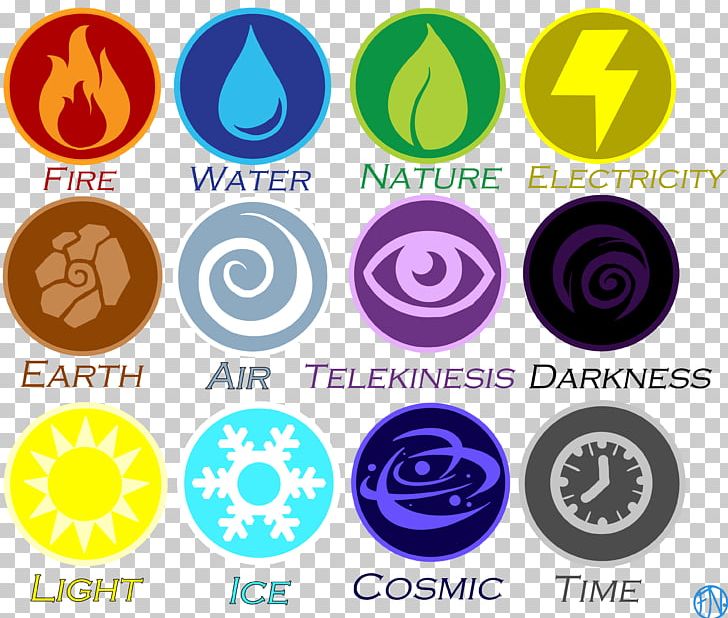
Their first element though is inherited as well.Ĭynder, since she was corrupted, can use 3 dark group elements besides her inherited light element of Wind. Purple dragons can master elements from different branches. The elements can't appear out of nowhere. Rarely the element can be inherited from grandparents, or even grand-grand-parents.For example, a child of fire and ice elemented dragons will have either fire or ice as their element. Most often children inherit elements of their parents.The elements are inherited, as magic is carried by blood. Often they master only 1 element and the other stays undeveloped. They experience a lot of troubles while learning to master their elements as it's hard to control, especially when the elements are different from each other. The elements, however, tend to be closely related (fire and blue fire, wind and tornado, etc), see bottom of the page for all possible combinations.ĭuo-breathers are uncommon. Duo-breathersĭuo-breathers are dragons/darkers, who can wield 2 elements of the same elemental branch (for example, water and ice). Half-darkers can wield elements from either group. For example, electricity is from Fire branch.ĭragons can wield only elements from the light group.ĭarkers can wield elements only from the dark group. It allows them to use nature forces as they please, however it requires good training.Īs it's shown further, each element belongs to a certain branch. 10 Duo-Breathers possible combinationsĪn element is a natural ability the dragons and darkers possess.For example, one of the best known compounds is water, written chemically as H 20, which means that water is made of two atoms of hydrogen chemically bonded to one of oxygen. These are: antimony, arsenic, carbon, copper, iron, gold, lead, mercury, silver, sulfur, and tin.Īll other elements have been discovered since 1669: this was the year Hennig Brand became the first known person to discover a new element - phosphorus.Īn element can combine with one or more other elements to form compounds, of which there are millions. Some elements have been known for thousands of years, and we do not know who discovered them.

We use the periodic table to display all of the elements in an organized way. There are currently 118 accepted elements. For example, element 1 is hydrogen, element 2 is helium, element 3 is lithium, element 8 is oxygen, etc. We can also name elements using their atomic numbers.

Some of these names are familiar to us, such as nitrogen and sodium, and some are less familiar, such as dysprosium and roentgenium. In the earth’s crust, oxygen (47%) is the most abundant element, followed by silicon (28%) and aluminum (8%).Īll of the elements have been named. All of the other elements make up the remaining 1 percent. Oxygen atoms have eight protons.Īt 75 percent, hydrogen is the most abundant element in the universe, followed by helium at 23 percent, then oxygen at 1 percent. With only one proton, hydrogen is the simplest, lightest element, followed by helium, which has two protons. This is the story of how Henry Moseley brought light to the darkness. Visualizing the atom was a free-for-all, and Mendeleev's justification for a periodic table based on the elements' atomic weights was falling apart at the seams. Some big hitters - including Dmitri Mendeleev - were talking seriously about elements lighter than hydrogen and elements between hydrogen and helium.
:max_bytes(150000):strip_icc()/distorted-concentric-light-circles-light-painting-534360517-58865a615f9b58bdb3aa07f2.jpg)
In 1913, chemistry and physics were topsy-turvy. How Elements Came to be Defined Correctly When atoms of the same element have different numbers of neutrons, they are called isotopes. Elements can only be changed into other elements using nuclear methods.Īlthough an element’s atoms must all have the same number of protons, they can have different numbers of neutrons and hence different masses. An element is a substance whose atoms all have the same number of protons: another way of saying this is that all of a particular element's atoms have the same atomic number.Įlements are chemically the simplest substances and hence cannot be broken down using chemical reactions.


 0 kommentar(er)
0 kommentar(er)
